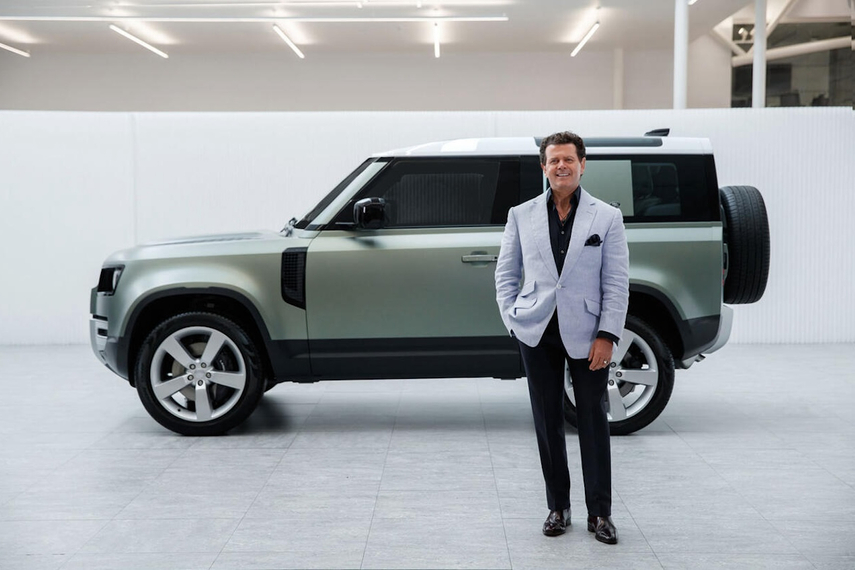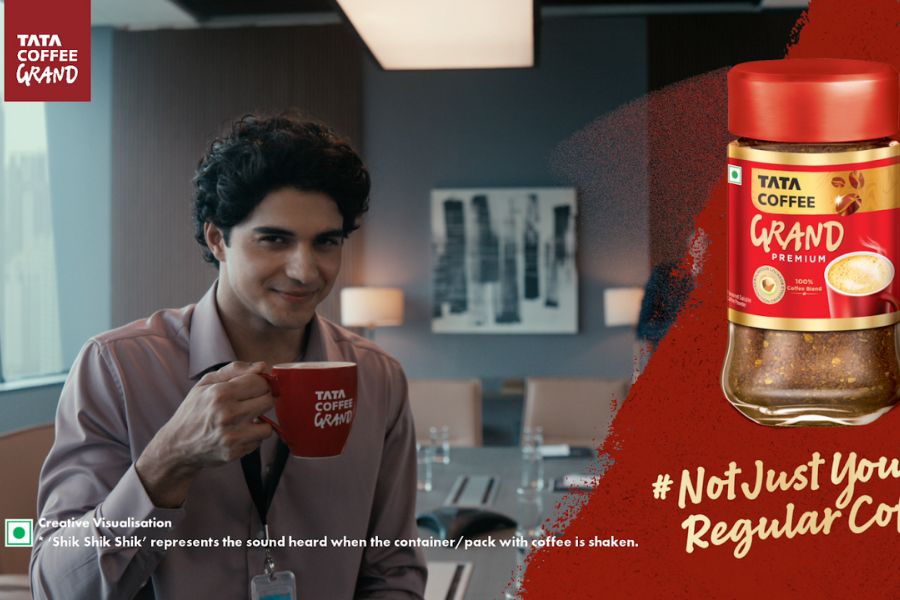Ford’s recent sale of its Jaguar and Land Rover brands to India’s Tata Motors for US$2.3 billion earlier this year raised more than a few shocked eyebrows.
While some analysts looked on with incredulity at how Ford cashed out for half of what it paid for the British luxury marque in 1990, others saw good business sense
Founded in 1922 by motor enthusiasts, Jaguar cars were built with premium motor parts and a stylish look that soon caught the eye of motor sport enthusiasts who were drawn to the saloon’s luxurious features.
Ford’s biggest mistake, say experts, was undermining Jaguar’s rich heritage with the introduction of lower-end models, the mid-range S-Type in 1998 and the compact executive X-Type in 2001.
Both models were discontinued this year as the mid-sized sports sedan, Jaguar XF, made its debut in 2008 to finally lay to bed its entry-level predecessors and reclaim market share.
Industry watchers reckon that Ford spent a whopping $9.5 billion during the time of its ownership of Jaguar to spruce up the marque’s product lines.
All the while it never really understood how the brand fitted into its stable nor how to market it better.
Tata Motors is taking an expensive gamble - a $3 billion loan - to finance the acquisition.
While its share price has dwindled since news emerged that it was leading the race for ownership of the big cat in October 2007, the Indian motoring firm is determined to add a top-tier brand to its portfolio to complement the budget $2,500 Nano car it has developed for the local Indian market.
An Indian multinational with global ambitions is nothing new.
However, Tata could be the first to make a genuine impact on the world stage.
Tata will no doubt be hoping that the Jaguar’s footprint in various international markets will enable it to break into Europe and the US, bearing in mind of course that these are markets where it is a complete unknown.
Robin Nayak, regional head of strategy for Southeast Asia, TBWA
I recently discovered the secret of time travel. I thought it was quite an accomplishment but, sadly, there were no standing ovations or press conferences in my honour.
In fact, all it took was to step into a Jaguar. In so many ways, I want to like this brand. I have just reached the age euphemistically called the ‘new’ 30s. I drive a BMW and I’m from England.
A few years ago, it seemed Ford would get the message and claim a stake in the booming premium car sector, helping Jaguar become a major rival to the twin Goliath of Mercedes-Benz and BMW. Instead, the Germans raised their game at England’s expense, and Audi staked its place at the high table instead.
Ford got bored, I assume. Or time ran out.
I hope the Tata takeover is a new beginning. It has shown it can do budget better than anyone. Now it needs to show it can do premium just as well. Premium however, means great engineering, soulful design and exceptional service. I hope to see a new telling of the brand story: updated, relevant and visceral.
People should love Jags.
Jag needs to attract buyers younger than 80 and help them start a new tradition. For the big cat, it’s time to take a leap of faith.
Ram Kapoor, managing director and ECD, Y&R Vietnam
Tata means goodbye. So what does that say about Jaguar?
Imagine this: A crowded street in an Indian town. People stare as a wedding party with its entourage of marching band, glittering lights and revellers proceeds down the street led by the bridegroom in his Tata Jaguar - bedecked with flowers.
Now if this were a real scenario for the Jaguar brand, I would be worried. However, the Tata would never tamper with the Jaguar brand image in this manner.
But can the same company sell a car for US$2,500 and another for $100,000? Why not?
Vertu sells mobile phones for $300,000 while its parent company Nokia sells phones for as little as $50.
They just take care to keep the brands totally separate in terms of marketing, distribution and, most importantly, brand experience.
In the long term, the Tata management expertise and their deep Asian experience will be an asset that Jaguar can exploit. In 2006, the top nine Asian economies boasted 2.6 million millionaires, who allocated 30 per cent of their spending to luxury collectibles - yachts, airplanes and expensive cars.
Who better than an Asian expert to help them choose their toys?




